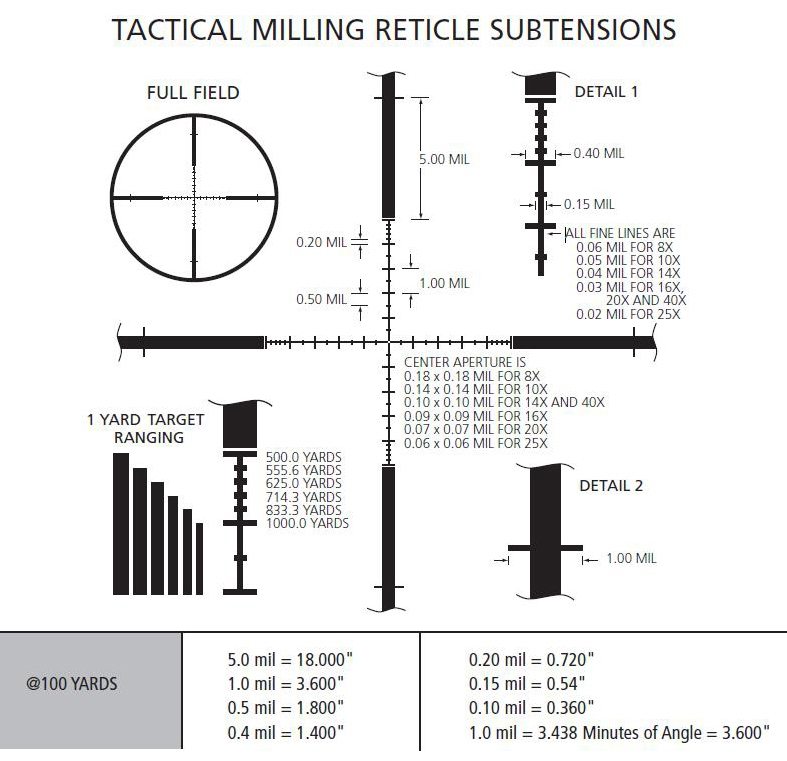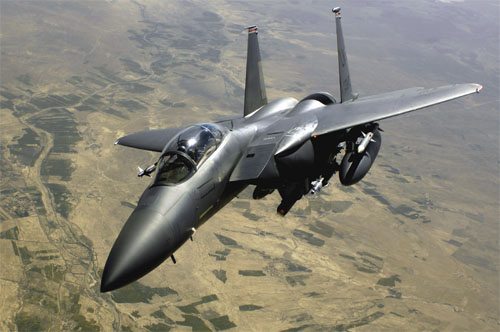Willard Payne / DefenceTalk.com / crossfirewar.com, Part 1 of 8 part series
Parallel Developments: Confrontation Courses
1967 was at least as important a year for the Islamic world as was 1979 the year of the Khomeini Revolution. A lot of the Arab community was never satisfied with the drawing of the boundaries in the Middle East by the European powers. Therefore they viewed their defeat in the Six-Day War that June as a failure of the Arab nation state. This had quite an impact on a summit conference convened in Khartoum that August-September. A consequence of the war was to draw the Arab countries closer together, especially President Gamal Abd-al-Nassar of Egypt and King Faisal of Saudi Arabia. The two leaders had long been opposed to each other, rivals for influence in the Arab world, but the shock of the Six Day War ended their disputes. Saudi Arabia, Kuwait and Libya agreed to pay annually approximately $300 million dollars to Egypt to offset her war losses. It was also decided to resume full production of oil and lift the embargo against the West, which could cause the three states to lose heavily. King Faisal, during the same year, began to openly finance pan-Islamic groups until his assassination by a deranged relative in 1975. 1967 was therefore a crucial year in what serious analysts are now calling the Islamic revival. President Nasser would no doubt consider this event another step, if not proof, of the Arab nation becoming one, a realization of the al Umma al Arabiah (the Arab nation). He also invoked it during the invasion of Egypt by Britain, France and Israel in 1956, the year of the Suez Crisis.
The Ayatollah Ruhollah Khomeini was also shocked by the defeat. In exile in Najaf, Iraq since 1966, Khomeini had stayed awake almost every night to hear the latest news bulletins on as many wavelengths as possible. On the first day of the war he had invested in a new Telefunken radio set complete with a powerful antenna capable of expanding the range of the Ayatollah









